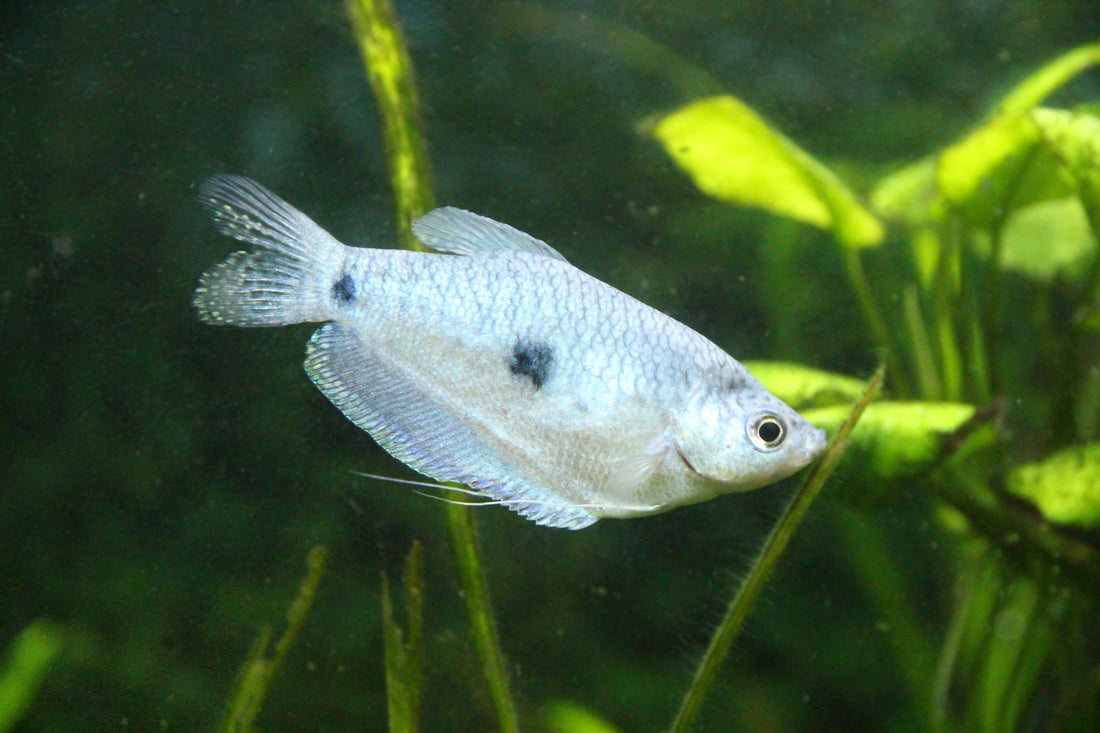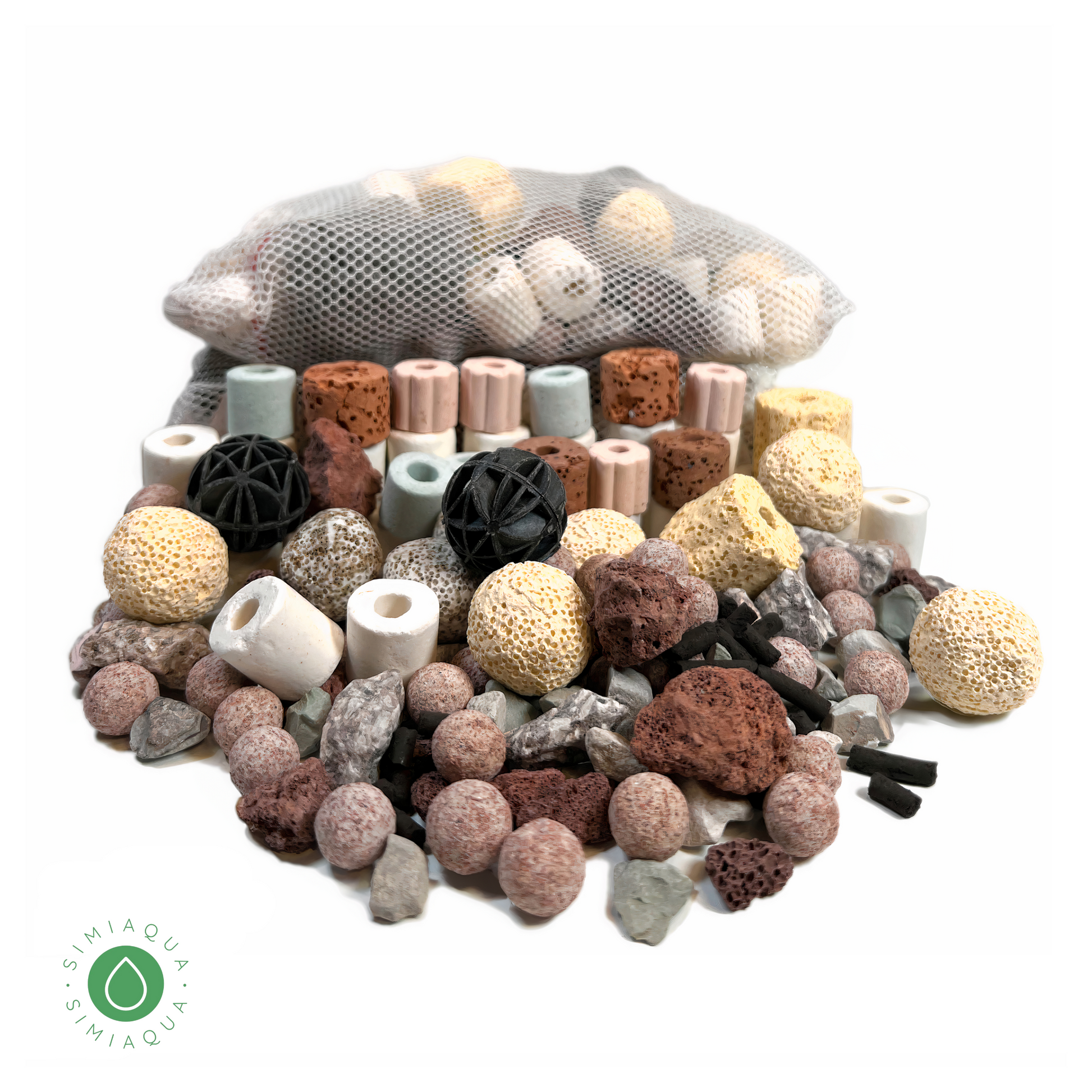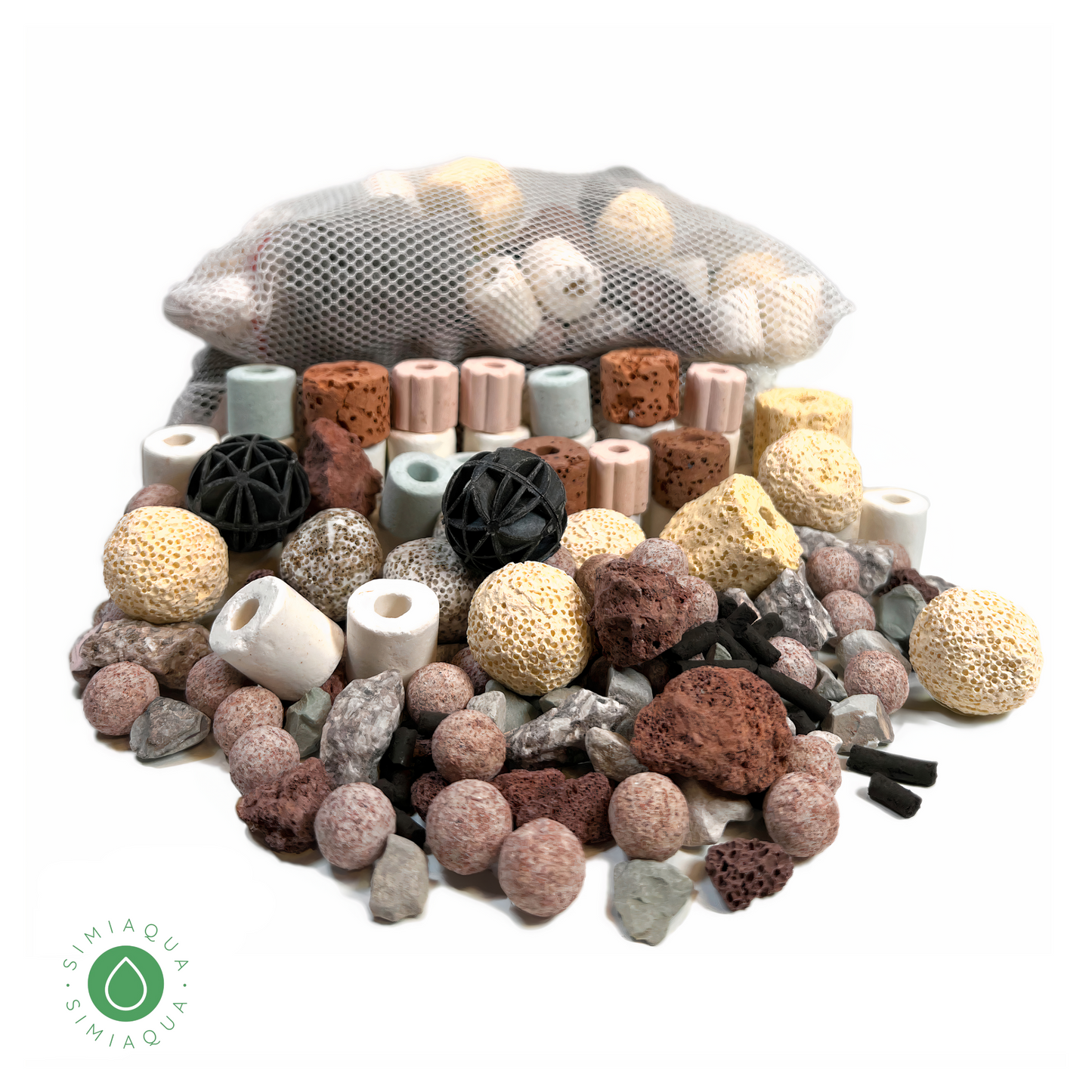
How to Lower Ammonia Levels in Your Aquarium: Expert Tips for a Healthy Tank
Share
Ammonia can be a pesky problem in aquariums, but with the right care and attention, you can keep it in check for a healthy aquatic environment. In this article, we'll explore expert tips on how to lower ammonia levels in your aquarium and maintain a thriving tank.
Understanding Ammonia in Aquariums
Ammonia (NH3) is a toxic compound that can harm your fish if present in excessive amounts. It's a common issue in new tanks and can sometimes persist in established ones. Even low levels of ammonia, such as 0.25 ppm (parts per million), can stress fish over time.
Tip 1: Check Your Water Source
Start by examining the water you use for water changes. Some tap water sources contain trace amounts of ammonia. Consider using a water conditioner that detoxifies ammonia if this is the case.
Tip 2: Proper Filter Maintenance
Regular filter maintenance is crucial for a healthy aquarium. However, it's essential to strike a balance between cleanliness and preserving beneficial bacteria. If you're using a filter with sponges and media, clean one sponge or media cartridge at a time during water changes. This ensures that some beneficial bacteria remain to help process ammonia.
Tip 3: Watch Your Feeding Habits
Overfeeding is a common cause of elevated ammonia levels. Only feed your fish what they can consume in a few minutes, and remove any uneaten food promptly. This reduces excess waste in the tank.
Tip 4: Check Your Tank Population
Make sure your tank isn't overstocked. Too many fish can produce more waste than your filtration system can handle. Adequate space and filtration are essential for maintaining water quality.
Tip 5: Verify Test Kit Accuracy
Double-check the accuracy of your ammonia test kit. Accurate readings are crucial for gauging ammonia levels. Replace test kit reagents if they are outdated, as this can affect the results.
Tip 6: Enhance Aeration
Increasing aeration in your tank can improve oxygen levels, aiding in the conversion of ammonia to less toxic forms. Consider adding an air stone or adjusting your filter's output to create more surface agitation.
Conclusion
If your fish appear healthy and active, a consistent ammonia level of 0.25 ppm is not an immediate crisis. Regular monitoring, partial water changes, and addressing the potential causes mentioned above can help resolve the issue over time. Remember, maintaining a stable biological balance in your tank may take some patience.
By following these expert tips and staying proactive, you can keep ammonia levels in check and create a thriving aquatic ecosystem in your aquarium.







